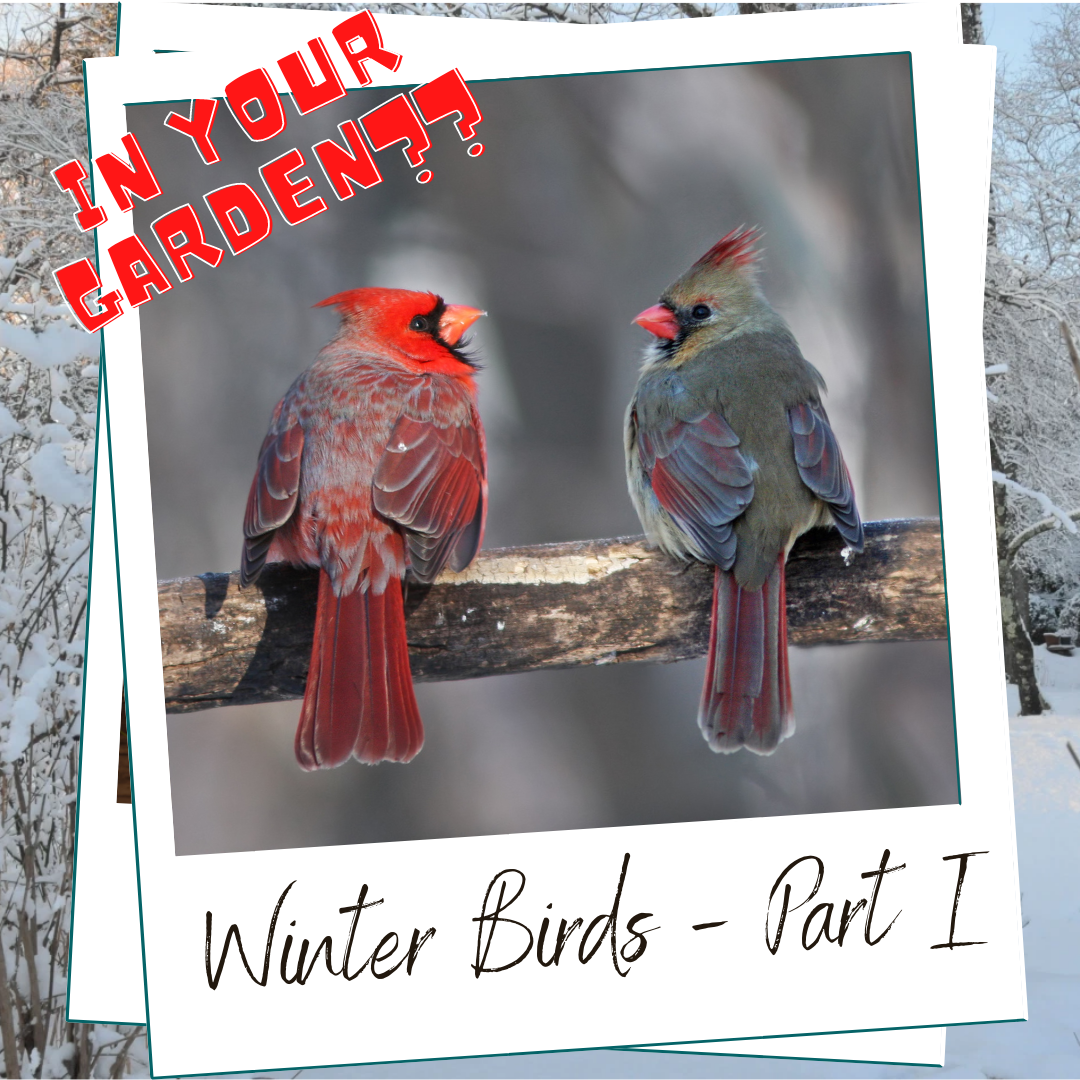
American tree sparrows are small, rusty-colored, plump songbirds whose arrival is a sure indicator that winter has arrived.
There are about 10-20 million American tree sparrows which breed far up north until winter which is when they arrive to enjoy winter with us in South Canada and the northern US. They are a treat to see - busy little bodies flitting about our backyards or on snow-covered fields.
American tree sparrows are hard workers, roaming in small flocks with their harmonious tweets. In the iciest of winter days, they hop about and flap their wings to shake out seeds from the grass seed heads which pop out above the snow.
Ironically, despite their name, they nest and peck for their grub on the ground, in the tundra. You will see them communing with dark eyed juncos in your bird feeders all season, until spring arrives. As the days get longer and the temperature rises, they sing their beautiful farewell song before flying north, as the sun rises again warm on our skin, and the cycle of Nature starts anew.
Come spring, American tree sparrows return to the arctic and subarctic circles. Their migration occurs by night only. They spend the “warm weather” in the Yukon and Northwest territories, north of Manitoba and Ontario, Labrador, and Quebec. These breeding grounds are the furthest north of any other songbird.
In case you missed last weeks bird-of-the-week: The Cedar Waxwing
LOOKS

These fluffy birds average around 5.25 inches and weigh around 0.5-1.0 oz - the weight of an AA battery.
The American tree sparrow has a grey head with a rusty-colored crown and a stripe above the eye. Interestingly their beak is bicoloured with a dark upper mandible and a yellow lower mandible
The rest of the body is grey except for a dark spot on the chest and a rusty patch on each side of the breast. Their tails are quite long and relatively slim for a sparrow.
Most males and females look the same. Juveniles look like adults - with streaks alongside their breast.
The oldest known American tree sparrow lived for at least 10 years and 9 months. Lucky for him as the average lifespan of American tree sparrows is around 2.3 to 3.4 years.
WHAT DO AMERICAN TREE SPARROWS EAT?
The menu of the American Tree Sparrows changes according to the season - . 100% grain and berries in the winter, to which they add insects in the summer.
In the winter they hide their seeds in a cache, i.e. neck pouches. They can store up to 1,000 seeds!

WHAT BIRD FEEDERS ATTRACT AMERICAN TREE SPARROWS?
American tree sparrows usually forage on the ground or in low bushes scratching for seeds beneath feeders. They hop on the ground and on the branches and bathe frequently. So having a bird bath, especially if it is warmed, can be a great boon to them.
Feeder: Tube, tray or window feeders are perfect.
Menu: Millet, oil sunflower, sunflower chips, cracked corn, peanut pieces
TREE SPARROW LOVE STORY
These little songbirds are monogamous and produce one brood per season.
Around June, they will pair off by crooning to each other. The female will show great enthusiasm and excitement when the male sings his “wehy” chirp. The male will also spread his wings and flit back and forth from the ground to the female.
American tree sparrows like their breeding territory near water sources or bogs. They build their nests in the tundra, with scrub and brush.
The female is the sole builder of the nest - usually with grass, moss, bark, twigs and feathers. She builds it on the ground by a tree or a few feet up the bark and completes it in about 7 days.

She then lays an average of 5 eggs and incubates them for 12 or 14 days. The “husband” will feed her as well as the little ones after they hatch. After 8-10 days, the babies will fledge.
By late summer, these nuclear families will join larger flocks.
THE SOUND OF AN AMERICAN TREE SPARROW
American Tree Sparrows appear to have one of the most varied vocal repertoires of any sparrow. The flocks have very complex calls between one another. A flock might have its own call - while down the block, a different flock will have a different call all together. Their calls are not innate!
American Tree Sparrows have gorgeous tweets! They use their song to defend territory, in confrontation with danger, and, of course, to attract mates.
The females have been known to chase predators away.
FUN FACTS

Strong eye
American tree sparrows prefer to look for predators out of their left eye.
What's in a name?
A group of American Tree Sparrows are collectively known as a "grove" of sparrows.
Water intake
The American Tree Sparrow drinks about a third of its weight in water every day.




Leave a comment
All comments are moderated before being published.
This site is protected by hCaptcha and the hCaptcha Privacy Policy and Terms of Service apply.